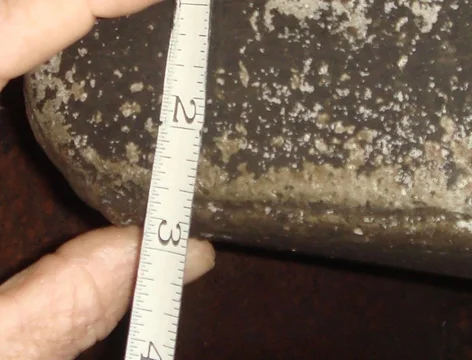because...
Expeditions ended a long time ago in the USA.
The country is now infested with gas stations.
49 gallons of gas weighs a little over 300 lbs.
No car (in the USA) needs to have a 700 mile cruising range, so (most) don't.
I purchased a 190L ARB gas tank in 1988. ARB discontinued it long ago. Pity. Aluminum. It's awesome (like all of ARB' stuff is). Spare 31" tire fits perfect inside car on RR side with clamp bar. I got it for long trips to Baja Mexico. It is the correct size of gas tank for down there if you want to explore.
If you don't want a 2X size tank under your car and pay the price, look no further than Blitz.
fred
But what about those 5~7 day camping trips. One of my biggest disappointments was at the end of a 6 day over the Blue Notch/ Canyonlands area.
The last leg of the trip was Doll House, then on into the Canyonlands to explore the countless roads that go everywhere. I had to cut it short because I only had two gerry cans. I still had 100 miles of exploring to do. The closest gas is at Hite Marina on Lake Powell. It would have been a full day out and back to start where I left off. I didn't have the extra days. I usually go alone on those exploration trips so I can't risk running out of gas



